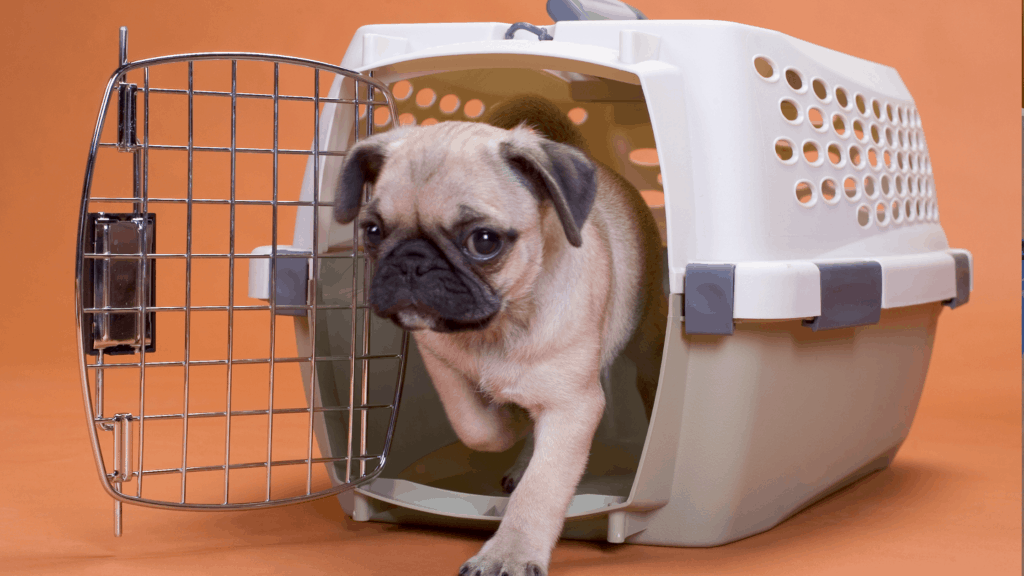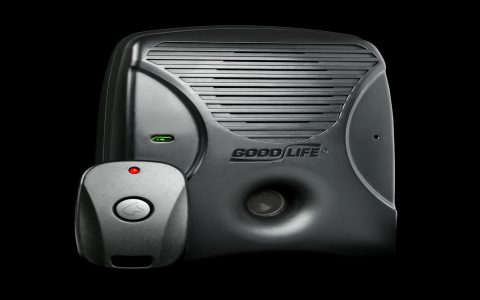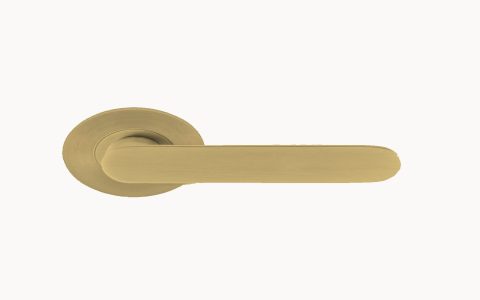Persistent dog barking significantly disrupts household peace and can create tension with neighbors. A soundproof dog cage offers a targeted solution by incorporating design features that directly mitigate noise transmission.
How Soundproofing Works in Dog Cages
Unlike standard crates, soundproof cages utilize specific materials and construction:
- Absorptive Interior Linings: Walls, ceiling, and floor panels are lined with dense, porous acoustic foam (e.g., melamine foam) or specialized sound-absorbing blankets. These materials dissipate sound energy internally, reducing the intensity of barking echoes bouncing inside the crate.
- Mass-Loaded Vinyl (MLV) Barrier: A core layer of MLV, a heavy flexible polymer sheet, is often integrated into the panel construction. Its high mass blocks and dampens sound wave vibrations, preventing noise from escaping the crate structure effectively.
- Sealed Design: Gaps around doors, panels, or ventilation points are minimized and often feature seals or overlaps to prevent sound leakage ("flanking"), ensuring noise must pass through the sound-absorbing and mass-damping layers.
- Reduced Sound Reflection: Soft interior surfaces absorb rather than reflect sound waves, lowering the overall sound pressure level inside and outside the crate.
Primary Benefits: Stopping Barking and Improving Peace
The core purpose drives tangible outcomes:

- Effective Noise Reduction: Significantly lowers the audible volume of barking heard in adjacent rooms and by neighbors, often achieving a measurable reduction in decibels (dB). This directly addresses noise complaints.
- Enhanced Den Environment: Absorptive interiors create a calmer acoustic environment inside the crate. This dampened atmosphere can naturally help reduce a dog's anxiety-induced barking or overstimulation triggered by external sounds.
- Supports Training: When used correctly (not as punishment), the quieter crate facilitates essential barking desensitization or "quiet" command training by minimizing external auditory triggers that excite the dog.
- Peace of Mind: Owners gain freedom from constant noise monitoring and anxiety about neighbor disputes, allowing for focused work, relaxation, and uninterrupted sleep. This is crucial in apartments or close-quarters living.
- Privacy for Sensitive Dogs: Dogs recovering from surgery or easily startled benefit from reduced external noise intrusion into their designated safe space.
Important Considerations
Soundproofing is a tool, not a complete solution:
- Address Root Causes: Persistent barking often signals an underlying need (boredom, anxiety, fear, medical issue). Professional veterinary advice or consultation with a certified dog behaviorist is essential to treat the cause alongside managing the symptom.
- Ethical Use & Welfare: Crates must always be appropriately sized for the dog to stand, turn, and lie down comfortably. Confinement duration should be strictly limited to reasonable periods.
- Adequate Ventilation & Comfort: Ensure the soundproof design incorporates sufficient airflow via breathable meshes and maintain a comfortable temperature. Never obstruct necessary ventilation points.
- Complementary Training: For long-term success, consistent positive reinforcement training focused on reducing anxiety and teaching alternative calm behaviors is paramount.
Practical Applications
Ideal scenarios include:
- Multi-unit Dwellings: Essential for apartment/condo residents needing responsible pet ownership.
- Home Offices: Minimizes distractions during calls or concentration.
- Nighttime Peace: Improves sleep for owners and dogs.
- Sensitive or Recovering Dogs: Provides a quieter sanctuary for rest.







